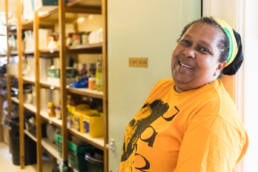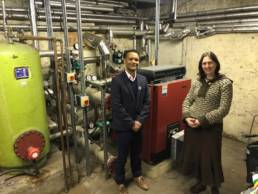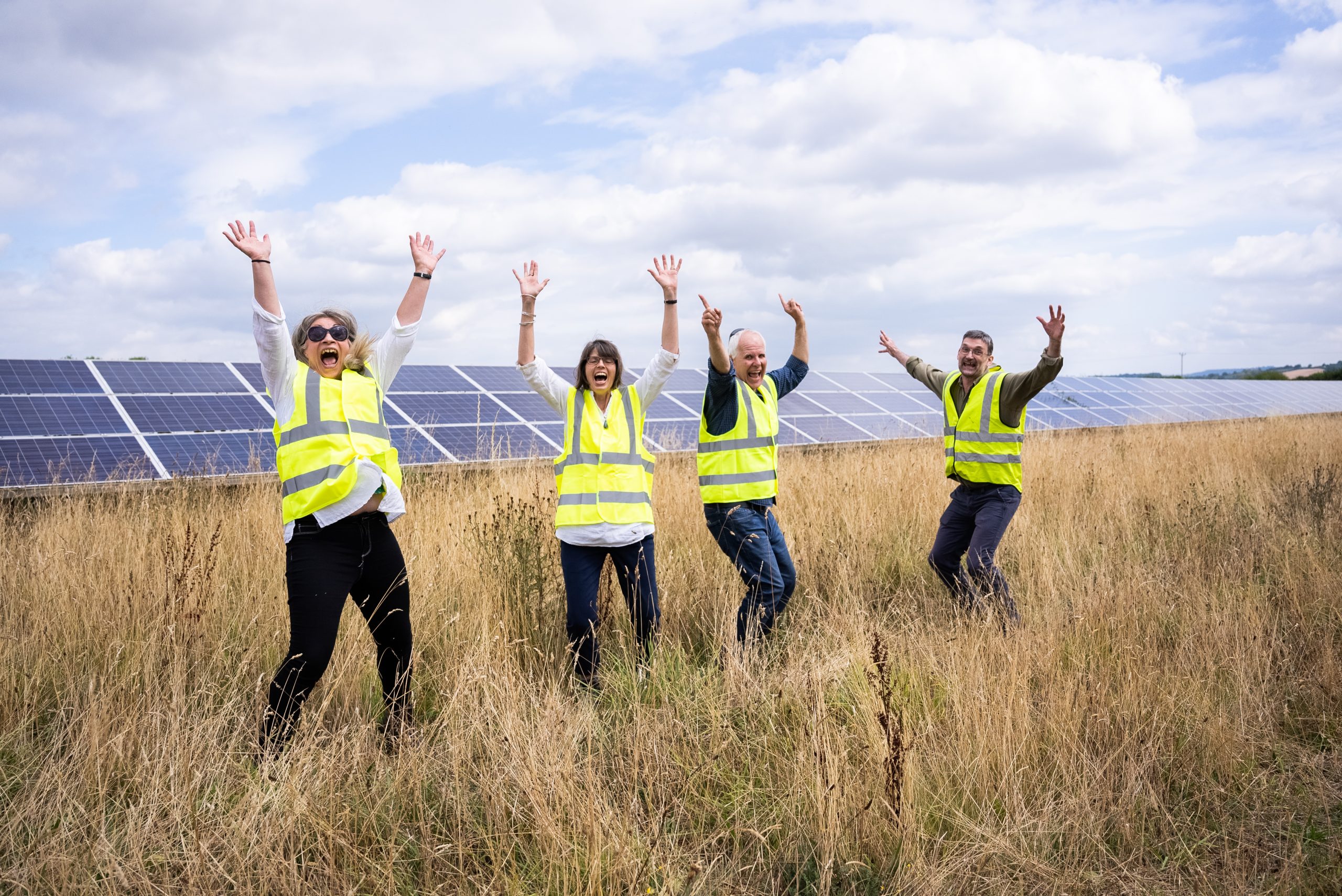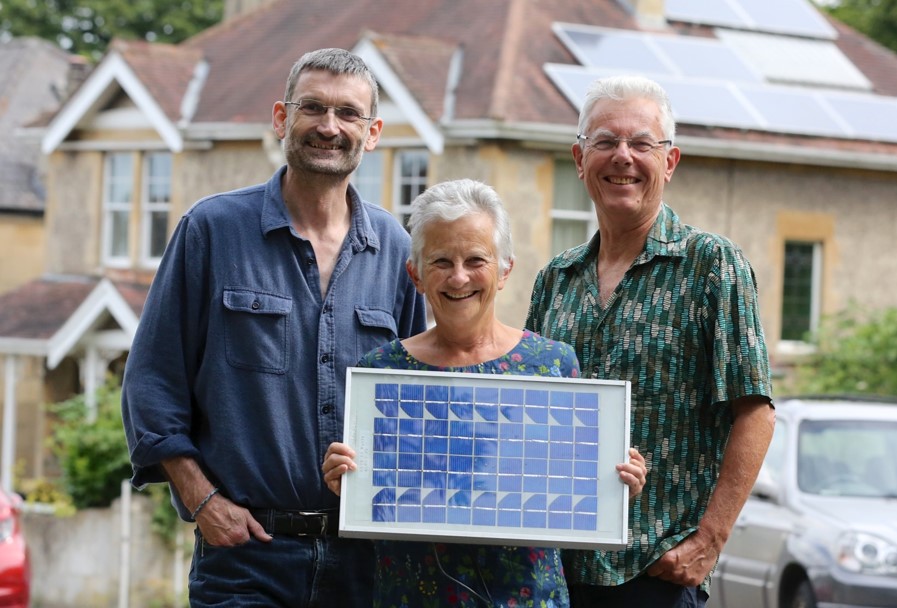In 2021 the BWCE Fund awarded £4600 for the Fairfield House “zero to hero” energy sustainability assessment, to appraise the potential for energy saving, carbon and cost reduction and use of renewables at Fairfield House, a multi-cultural and multi-faith place of welcome in Bath.
Fairfield House Director Fisseha Combley explains how this has kick started a project to make one of Bath’s most iconic heritage buildings more energy efficient.

What do you do when one of the most inspiring places in a World Heritage City is also one of the worst performers in energy terms? That’s the question a senior group of Bath-based influencers came together to hear about in February.
They met at Fairfield House, Bath. It’s the former home of His Imperial Majesty (HIM) Haile Sellassie I who came to Bath as a war refugee when his country Ethiopia was invaded by Italy’s fascist government in 1935. When Ethiopia was liberated HIM gifted Fairfield House to the Corporation of Bath as a home for the aged, because of the warm welcome he had received from the people of Bath. And it’s used today for day care provided by the exemplary charity Bemsca.
The problem is that public social services budgets do not provide for the maintenance and modernisation of a historic nine-bedroom Italianate villa. It’s single glazed, the roof leaks and the vast oil-fired boiler, configured to provide baths to long-gone elderly residents emits 52tonnes of CO2 a year, costing £12,000 in oil at last year’s prices. This is not affordable for the owner B&NES, nor for the not-for-profit social enterprise taking Fairfield House on, nor for the environment.
Fairfield House Bath CIC applied for a BWCE grant to explore what to do. The rapidly up and coming local conservation architects Connolly Wellingham explored residents contempory needs and what it would take to make HIM’s legacy sustainable in economic and environmental terms. Behind the easy quick wins lies the choice of how ambitious to be in terms of showing leadership towards net zero: is it better to be pragmatic, or does Bath – with so many heritage properties needing sustainability work – need an leading-edge exemplar? These options were clearly spelt out in the project commissioned with BWCE’s support and discussed at the meeting.

“Fairfield House is so important to the Ethiopian community, also to Rastafari, and to local people of Bath. It’s culturally transformative. But we have to transform its energy performance, and this essential work is the start point for that. We’re extremely grateful to BWCE for supporting it.”
Fisseha Combley, director for sustainability
The heart of the problem:
Fisseha Combley and B&NES Deputy Leader Sarah Warren want to see Fairfield House’s energy performance fixed.
Next steps are to use the report and insights from the research to support funding applications for the energy transformation of Fairfield House. We have tried to look at the problems the house faces with three different levels of ambition/realism.
- At the lowest level, we would introduce temperature controls, replace use of oil-fired boiler with local electric heaters by each basin for hot water, switch to LED lighting, and address the fabric only in so far as we need to fix windows, chimneys and roof insulation to keep the building running.
- With greater ambition, we would replace doors and windows with more energy efficient alternatives which still respect the heritage of the house and insulate walls as unobtrusively as possible.
- At the highest end, we would aim for complete electrification with microgeneration on site and air source heat pumps replacing the oil-fired boiler altogether.
“I was so pleased to be able to attend on behalf of the BWCE fund to see the progress Fairfield House has been able to make with their plans for energy efficiency work, assisted by the grant and to learn more about this fascinating part of Baths history. I am looking forward to seeing how the plans develop and are eventually implemented, guided by the vigour and clear purpose of the Fairfield House community and directors.”
Pearl Slee, BWCE Fund Trustee


